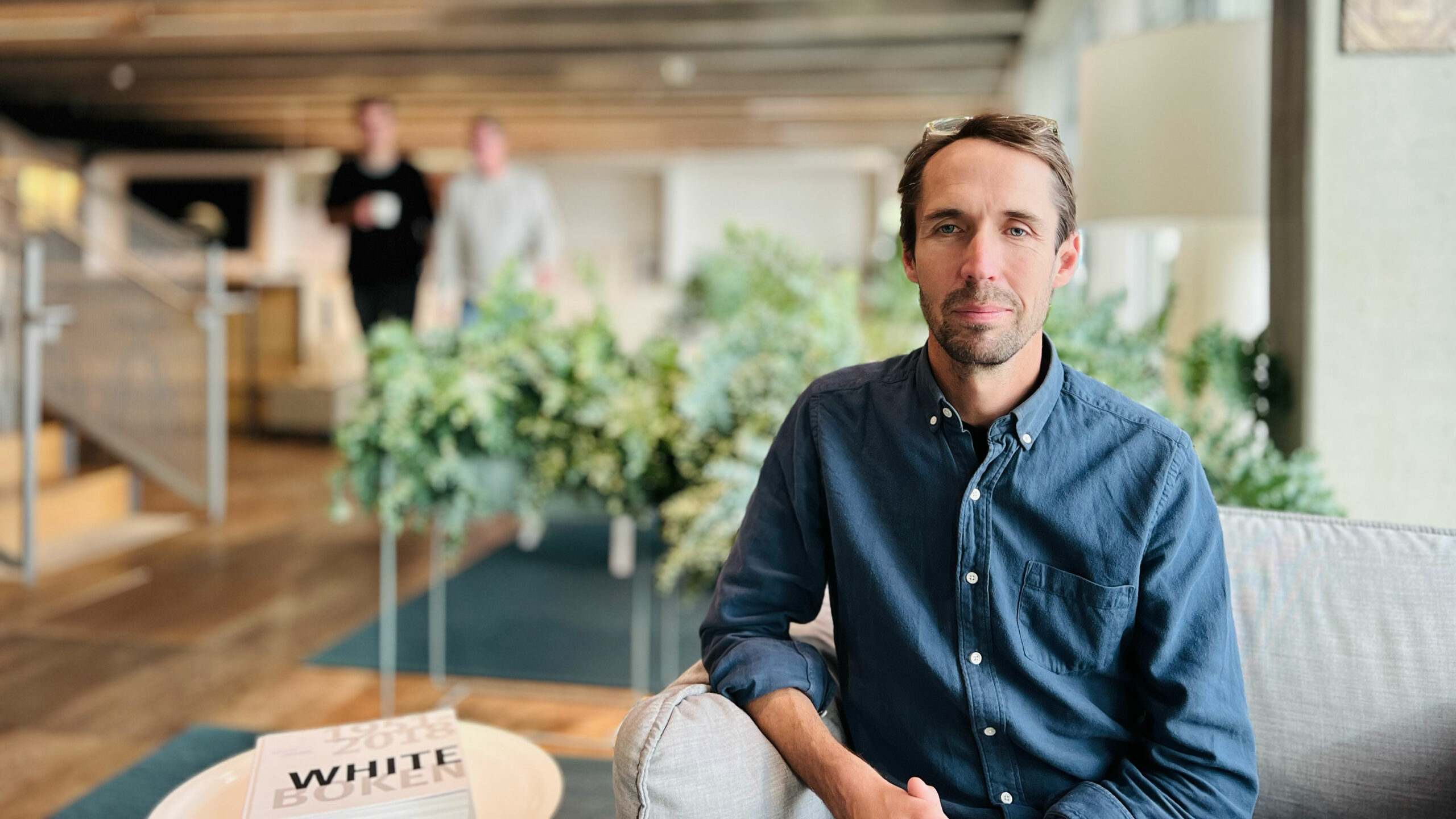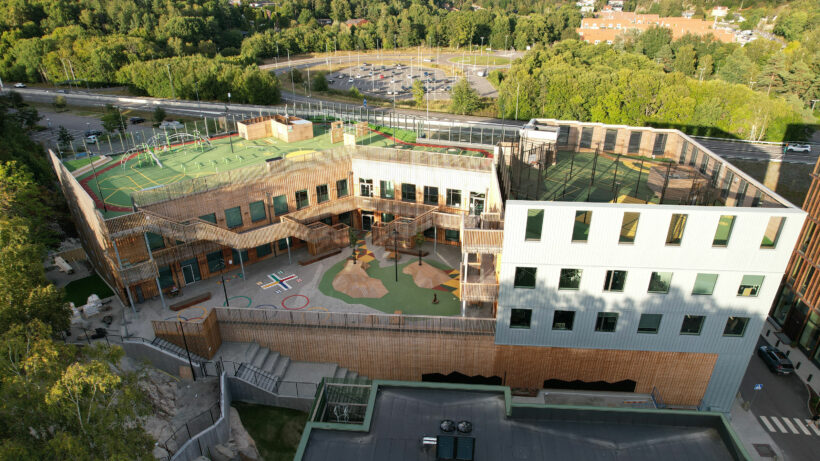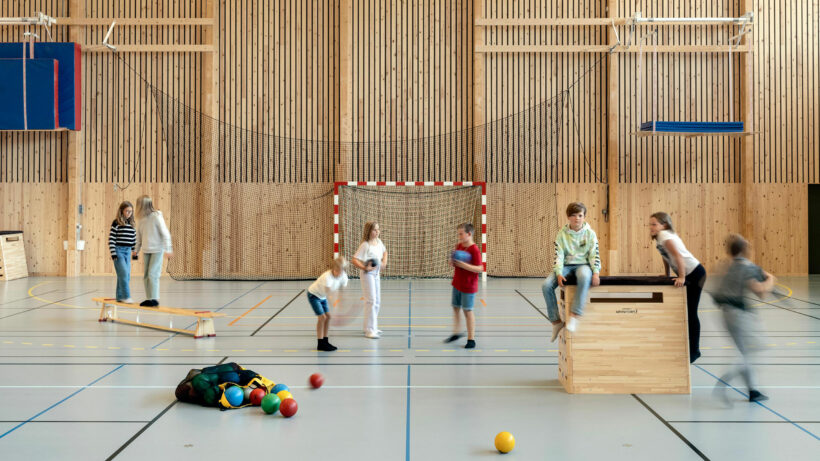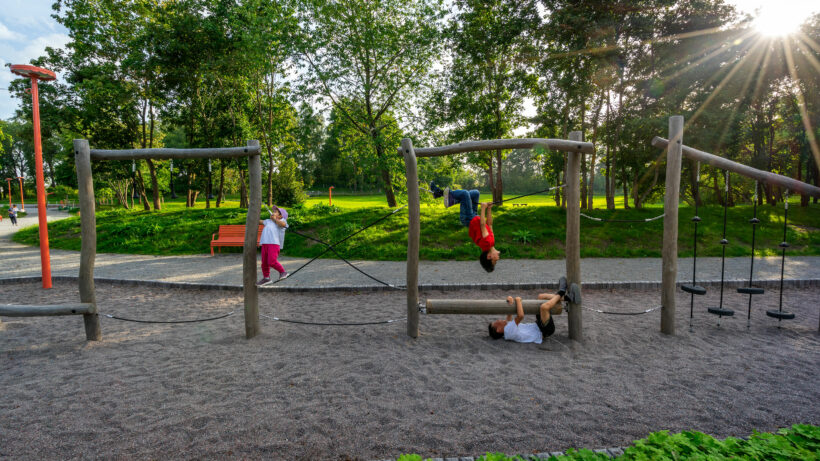Why is it important to design communities that support active lifestyles?
“There are many health benefits to leading a physically active life, regardless of your level of activity. It has long been established that physical activity improves our overall wellbeing, both physically and mentally. We become healthier, live longer and it has a positive effect on our brain function, reducing the risk of depression and improving concentration.
In addition to its effects on our health, sport and physical activity offer significant social benefits. Being active together fosters new connections between people, encouraging interactions across age and background. Sport gives many people a more meaningful daily life and can serve as an alternative to less desirable activities.“




